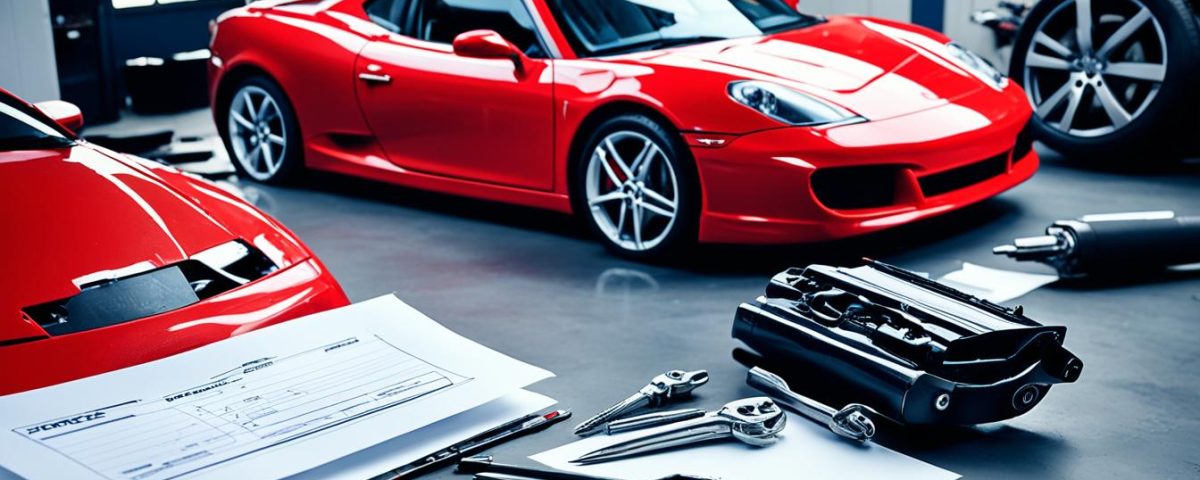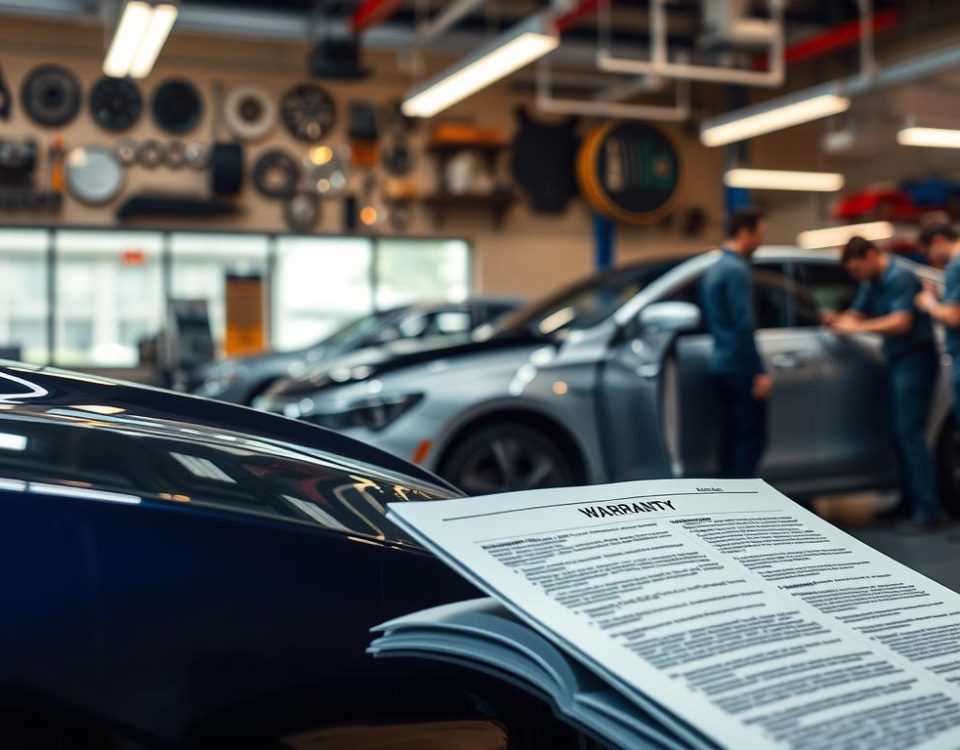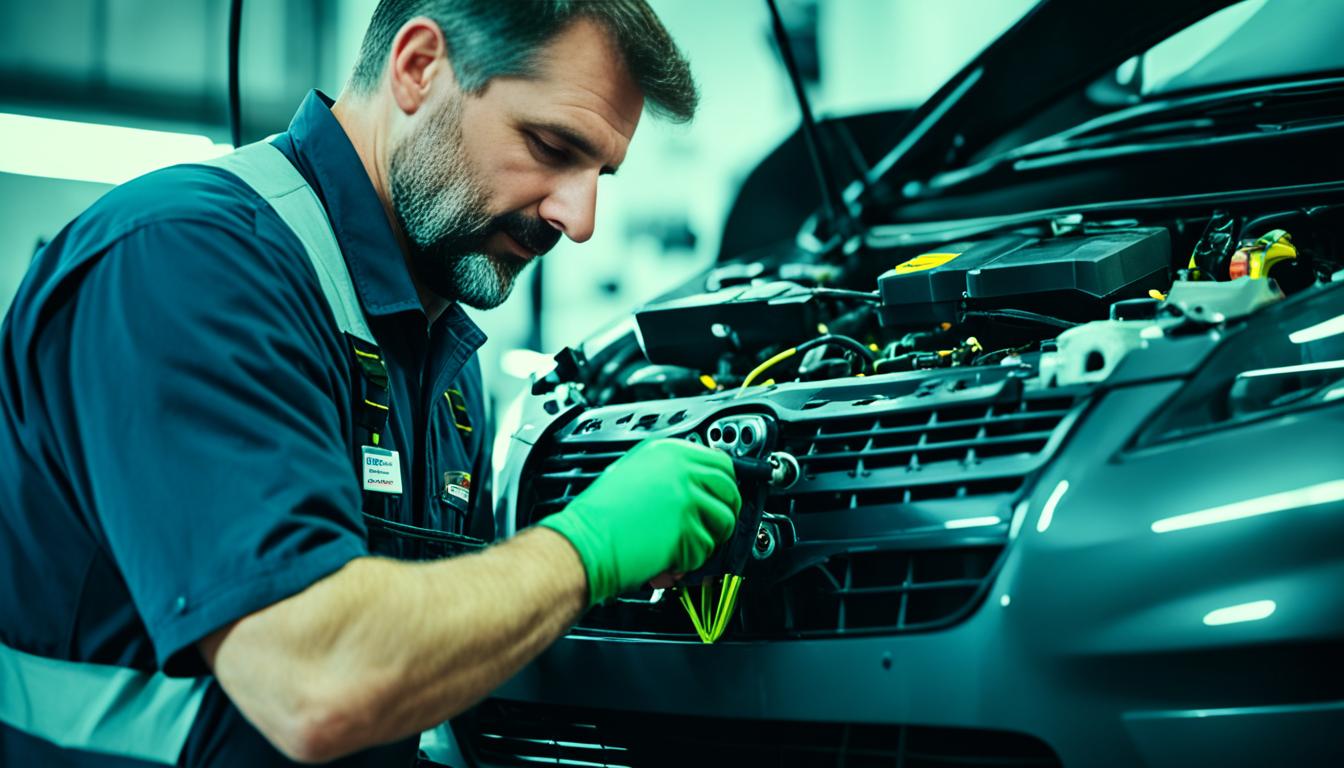
How to Repair and Maintain Hybrid Vehicle Systems After a Collision
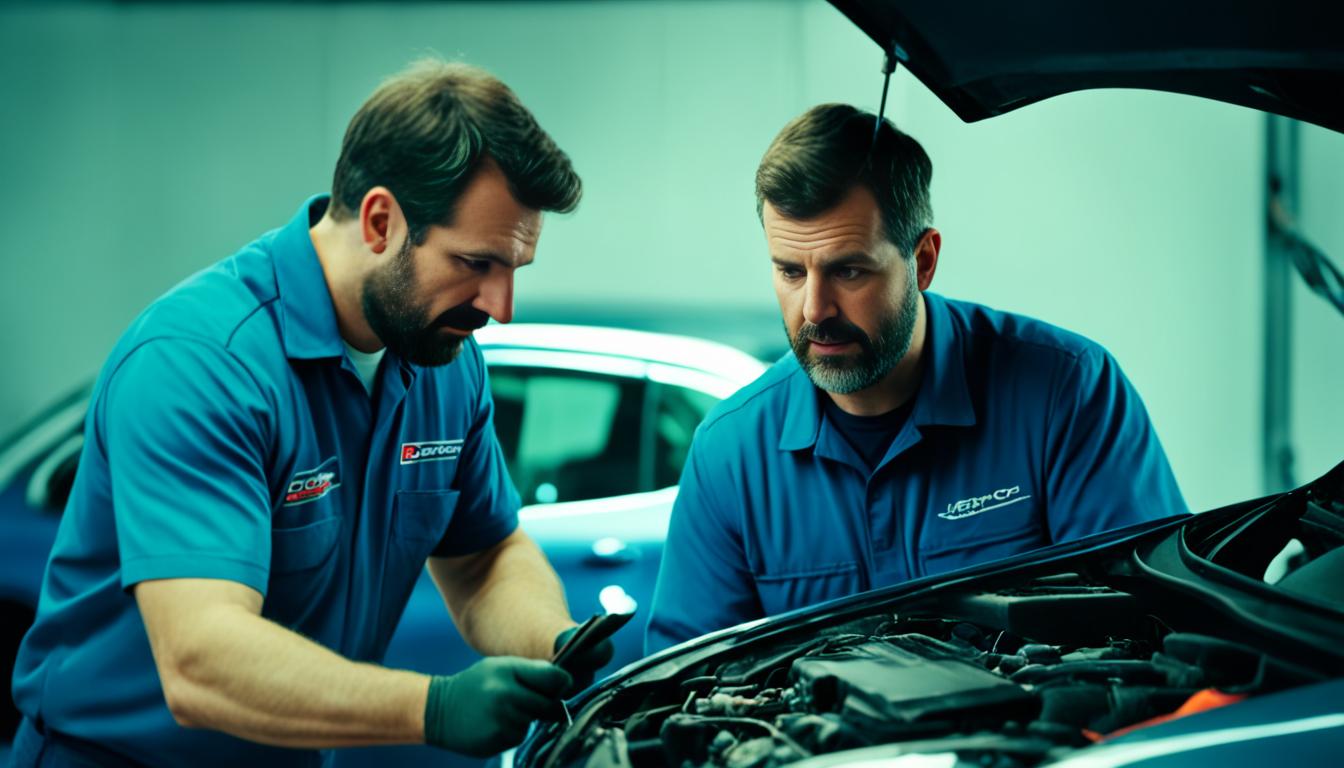
The Importance of Customer Service Excellence in Collision Repair
Collision repair costs can vary significantly, ranging from as little as $50 to over $30,000, depending on various factors. Understanding these factors is crucial to accurately estimating the cost of repairing your vehicle after an accident. This guide will provide you with the knowledge and tools needed to get an accurate collision repair cost estimate, so you can make informed decisions and avoid unexpected expenses.
Key Takeaways
- Collision repair costs can range widely, from minor dents to complete vehicle replacement.
- Understanding the key factors that influence repair costs is essential for accurate budgeting.
- Factors like the type of damage, vehicle make and model, and location of the repair shop can all impact the final cost.
- Estimating costs by damage location and collision type can help you anticipate the expenses.
- Additional considerations like insurance coverage and rental car needs should also be factored in.
Understanding Collision Repair Costs
When it comes to collision repair, understanding the various factors that influence the overall cost is crucial. The price tag for restoring your vehicle to its pre-accident condition can vary significantly, depending on a range of elements, including the type of car, the severity of the damage, and the parts required.
Factors Affecting Repair Costs
One of the primary drivers of collision repair pricing is the make and model of the vehicle. Newer, luxury cars often have more expensive parts and require specialized labor, leading to higher overall repair costs. Conversely, older, more common models may be less costly to fix, as their parts and labor rates are generally lower.
The type and extent of the damage also play a significant role in determining the repair bill. Minor scratches and dents can typically be addressed at a lower cost, while major frame or suspension damage may require more extensive and expensive work. Additionally, the choice between original equipment manufacturer (OEM) parts and aftermarket parts can impact the final cost, with OEM parts often being the more expensive option.
- Car make and model impactcollision repair pricing
- Severity of damage affects overall repair costs
- OEM parts versus aftermarket parts influence pricing
- Auto body shop labor rates contribute to the final cost
Ultimately, understanding these key factors can help you better anticipate and plan for the expenses associated with collision repair, ensuring you make informed decisions throughout the process.
Estimating Costs by Damage Location
When it comes to collision repair, the location of the damage on your vehicle can significantly impact the overall cost. Understanding these cost variations can help you better estimate the total expenses associated with restoring your car to its pre-accident condition.
Minor scratches and dents on easily accessible areas like the doors or bumpers may only require a few hundred dollars to fix. However, cracks, dents, or damage to the frame, suspension, or other structural components can quickly escalate repair costs, potentially exceeding $10,000.
Windshield replacement, seat belt repairs, and fixing cracked or damaged body panels all have their own cost ranges that can influence the total repair bill. Body panel repair costs can vary depending on the material, size, and complexity of the panel, while windshield replacement pricing is largely determined by the make and model of your vehicle. Additionally, frame straightening estimates can be some of the most expensive repair items, as this type of work often requires specialized equipment and expertise.
By understanding these cost factors based on the location of the damage, you can better prepare for the potential financial impact of collision repairs and make informed decisions about your vehicle’s restoration.
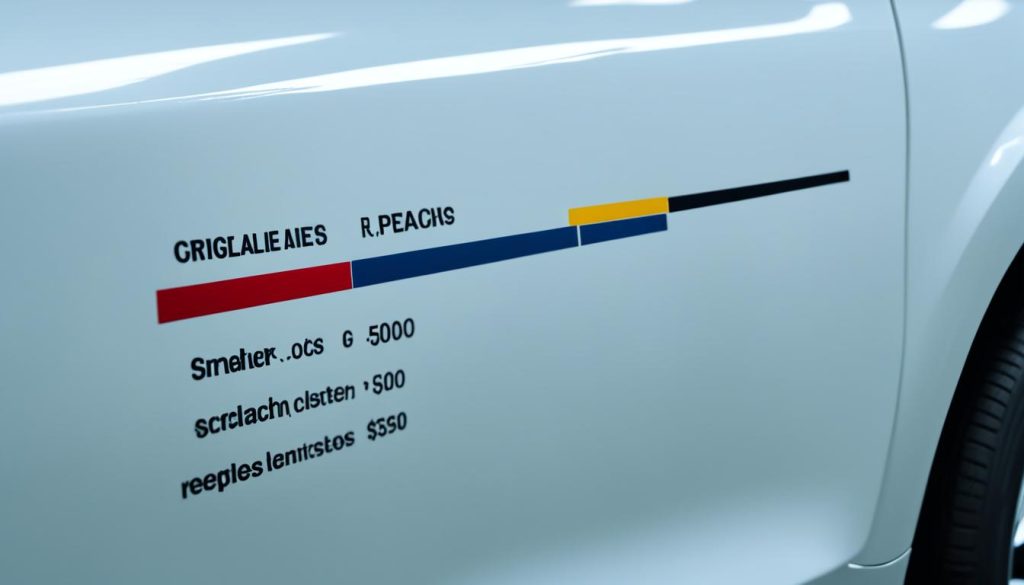
Repair Cost Estimation by Collision Type
When it comes to estimating the cost of collision repairs, the type of accident you were involved in can play a significant role. Rear-end collisions, front-end damage, and side impacts all have their own unique repair cost considerations.
Rear-end collision repair costs typically range from $300 to $2,000, depending on the severity of the impact and the parts that need to be replaced. These collisions often involve repairs to the bumper, taillight, and sometimes the trunk or rear quarter panel.
Front-end damage repair pricing can be more extensive, ranging from $200 to $10,000 or more. The extent of the damage to the grille, headlights, engine components, and other critical systems can drive up the repair costs significantly.
On the other hand, side impact accident repair estimates generally fall between $500 and $3,000. The damage to the doors, side panels, and potentially the frame can contribute to the overall repair costs in these types of collisions.
Regardless of the collision type, the final repair cost will depend on the severity of the impact, the parts that need to be replaced, and the potential for any frame or structural damage. Understanding these factors can help you better estimate the costs associated with your specific collision repair needs.
Additional Cost Considerations
When estimating the total cost of collision repair, it’s important to consider factors beyond the direct repair expenses. Your auto insurance coverage and the impact of your deductible can significantly influence how much you’ll need to pay out-of-pocket. Additionally, the need for a rental car while your vehicle is being repaired can add substantial costs to the overall equation.
Insurance Coverage and Deductibles
Your auto insurance policy plays a crucial role in determining your collision repair costs. Policies with lower deductibles may result in higher monthly premiums, but they can ultimately save you money in the event of an accident. On the other hand, higher deductibles can lower your premiums, but you’ll need to be prepared to cover more of the repair costs out-of-pocket. Carefully reviewing your coverage and selecting the right deductible can help you manage the impact on your overall costs.
Rental Car Costs
- The duration of the repairs can significantly impact the rental car expenses you’ll incur.
- The type of rental vehicle you choose, from a basic economy model to a more luxurious option, can also affect the overall cost.
- Some insurance policies may cover a portion or all of the rental car expenses, so be sure to check the details of your coverage.
By factoring in these additional cost considerations, you can better prepare for the total financial impact of collision repair and ensure you’re making informed decisions throughout the process.
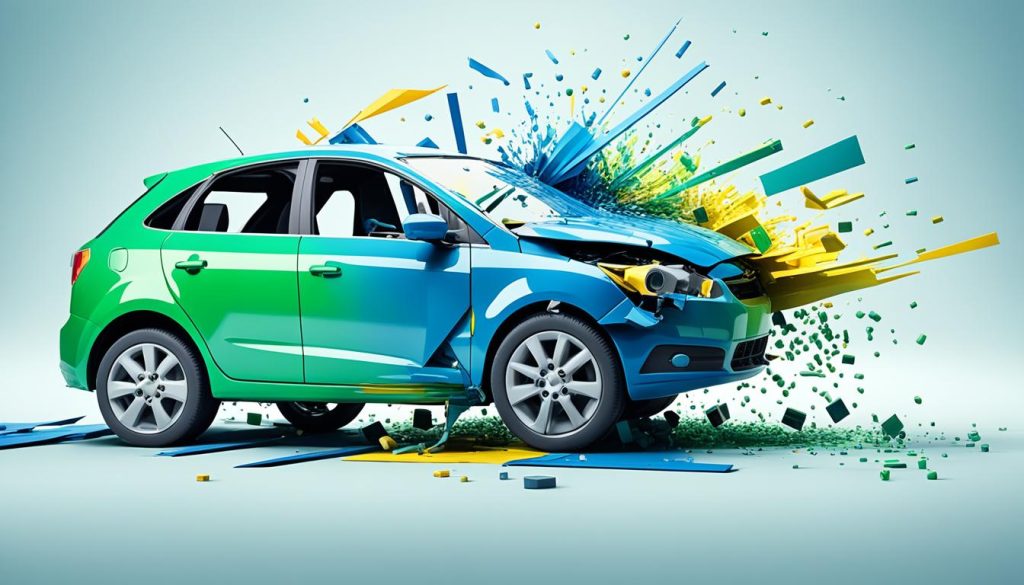
Choosing a Reliable Auto Body Shop
When it comes to getting your vehicle repaired after a collision, selecting a trustworthy and experienced auto body shop is crucial. To find a reputable collision repair provider, you’ll want to look for shops with certified technicians, detailed estimates, written warranties, and a strong reputation based on customer reviews.
Certifications are a good indicator of a shop’s expertise and commitment to quality. Look for auto body shops that are certified by organizations like I-CAR, ASE, and BASF, as these certifications demonstrate the technicians’ advanced training and the shop’s adherence to industry best practices.
- I-CAR (Inter-Industry Conference on Auto Collision Repair) certification ensures the shop’s technicians are up-to-date on the latest repair techniques and technologies.
- ASE (Automotive Service Excellence) certification verifies the technicians’ knowledge and skills in various automotive repair areas.
- BASF certification indicates the shop uses high-quality paint and refinishing products, providing a lasting, professional finish.
In addition to certifications, it’s a good idea to read through customer reviews to get a sense of the shop’s reputation for quality work, customer service, and fair pricing. Shops with a history of satisfied customers are more likely to provide a positive experience and accurate collision repair cost estimates.
When evaluating potential auto body shops, be sure to obtain multiple estimates to ensure you’re getting the best value for your repair cost. By choosing a certified, reputable collision repair provider, you can have confidence that your vehicle will be restored to its pre-collision condition.
Conclusion
In conclusion, accurately estimating collision repair costs is a crucial step in managing the financial impact of an accident. By understanding the various factors that influence repair pricing, such as the location and type of damage, as well as additional expenses like insurance coverage and rental cars, we can better prepare for the costs associated with restoring our vehicles.
The estimating process outlined in this article provides a comprehensive overview of the key considerations when determining the cost of collision repair. By choosing a reliable auto body shop that prioritizes quality, experience, and transparent pricing, we can ensure we receive the best value for our repair needs and get back on the road with confidence.
Ultimately, the ability to accurately estimate collision repair costs empowers us to make informed decisions, manage our budgets effectively, and navigate the often-complex world of auto body repair. By applying the strategies and insights presented here, we can take control of the process and minimize the financial burden of an accident.


